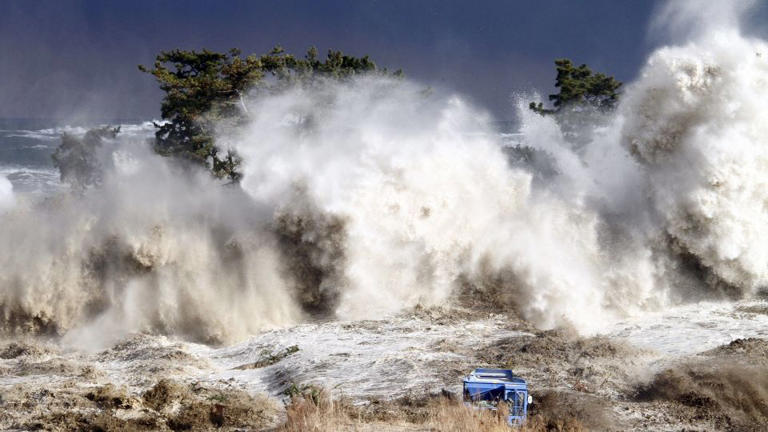Scientists warn that a catastrophic earthquake and tsunami are inevitable for the Pacific Northwest coast.
The Cascadia Subduction Zone, a 700-mile fault located 100 miles off the coast from Northern California to Vancouver Island, could trigger a 9.0 magnitude earthquake followed by a tsunami. This scenario mirrors the devastating 2011 earthquake and tsunami in Japan.
Diego Melgar, a seismologist at the University of Oregon, notes that 30 to 40 years ago, the possibility of such large earthquakes in the Pacific Northwest was unknown.
Recent studies, including in-depth imagery reported in “Science Advances,” reveal that the fault is divided into 3 to 5 segments, each with unique geological characteristics. The segment off Washington’s coast is particularly prone to triggering a devastating earthquake.
Corina Allen, the chief hazards geologist at the Washington Geological Survey, highlights that infrastructure built before 2005 is not designed to withstand such a strong earthquake.
Tsunami building codes were only implemented in 2016. This leaves critical facilities like bridges, hospitals, schools, and residential buildings vulnerable.
Yumei Wang, a senior adviser at Portland State University, is concerned about the slow pace of necessary preparations. The most vulnerable structures include brick and masonry buildings, as well as wood frame buildings susceptible to tsunami forces.
Historical records indicate that these mega earthquake and tsunami events occur approximately every 500 years. With the last event over 300 years ago, the next one could occur within the next 200 years or sooner.
Retrofitting existing communities will be a long and costly process, potentially reaching billions of dollars. Melgar insists this investment is essential for future safety, even if the benefits are seen by the next generations.
For residents and visitors of the coastal Pacific Northwest, survival depends on quickly reaching high ground within 15 to 30 minutes after an earthquake.
In many areas of Washington, high ground is not easily accessible. Vertical evacuation structures, which proved effective in Japan’s 2011 tsunami, are critical. Currently, only three such structures exist in the Pacific Northwest, with four more planned. Washington alone needs approximately 50 of these structures to ensure adequate safety.
Each vertical evacuation structure can hold 400 to 1,000 people, stands up to 76 feet tall, and costs vary significantly.
The most expensive is the $62 million Marine Sciences Center in Oregon, engineered to withstand a magnitude 9.0+ earthquake and subsequent tsunami.
Melgar stresses the importance of adopting and enforcing building codes, early warning systems, and tsunami evacuation plans to mitigate the disaster’s impact.
However, the willingness to invest billions in preparation for an event that might not occur for another 200 years remains uncertain.



